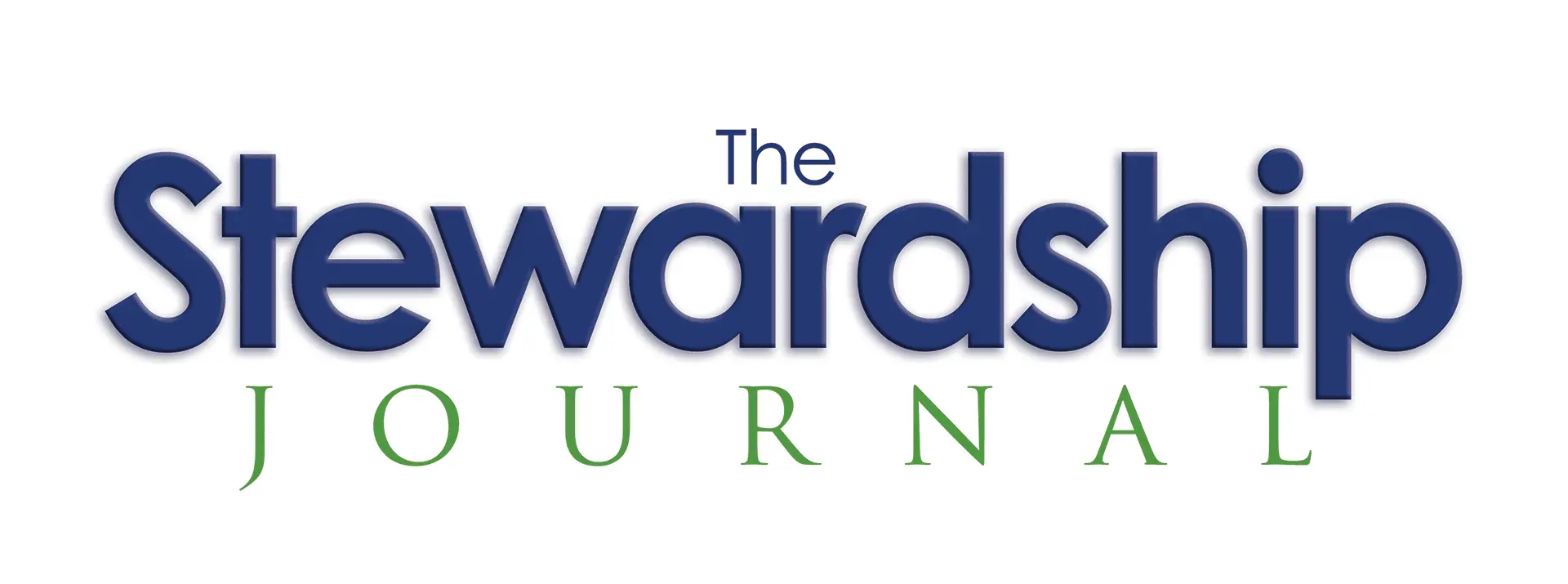“Effective fund-raising churches refuse to treat all people as equals – and people truly are not when it comes to giving. Most of these churches develop some kind of segmentation strategy in which they categorize the congregation into types of donors.”1. (George Barna, How to Increase Giving to Your Church.)
In fundraising circles, this is called Donor Segmentation. I will share with you why this is vital to an effective stewardship plan in this edition of the Coach entitled The Value of Donor Segmentation. The goal of segmentation is to know the various giving segments of your church to better communicate the message of your church to each segment. Now, in the 21st century, we must also think about what means of giving each segment responds to best.
Let’s start by asking how your church is funded. The obvious answer is tithes and offerings from members and others who believe in your church’s vision. But have you ever considered where those funds came from? For instance, do you know the age demographics of your giving? What percentage of your giving comes digitally versus traditional means? Knowing how your church is funded is key to developing a strategy that assures financial stability.
If segmenting your donor base is so important, why don’t more churches use this strategy? I find that many pastors will argue that segmenting donors violates Scripture. Nothing could be further from the truth. A failure to segment your donor base could result in losing thousands of dollars to another ministry. While churches fail to understand this key to raising funds, other ministries and non-profits utilize the concept to bring them fundraising success. The truth is that we always segment our congregation, except for financial matters.
Here is an illustration of how segmentation is already at work in your church. As your worship leader plans for worship this week, you expect him to put together the best music possible, right? The songs are picked with great care. At the same time, he makes sure that the right people are upfront leading the church in worship. With my singing voice, you wouldn’t pick me as you are trying to attract people, not run them off! Am I offended that you have segmented me out of the equation? No, I count you as wise stewards of the resources that God has given you. We readily expect and accept segmentation in the church for all areas of ministry. Your task is to find those with the right gift mix and talents for the job. Why should it be different when it comes to giving?
Want to know the number one reason pastors push back on segmentation? Most do not segment their giving base because they fear that they will show favoritism. You may have already thought of the key passage most will give to tell me how wrong segmentation is. It is James 2:1-4. Yet the emphasis in this passage is showing favoritism, not segmentation. You violate Scripture if you allow big donors upfront seating or parking or do what they tell you to do.
There are multiple ways to segment your church’s various donor segments. We advise knowing the generational breakdown of your congregation as each generation approaches giving differently. You must ensure that your message resonates with each generational segment of your church. At the same time, a key metric to track is where a donor is on the generosity ladder. It takes one strategy with top-end donors and another with those just starting their generosity journey. In the 21st century, we recommend looking at how and when people give. Knowing these facts will help you better craft your message and improve the timing of your message.
We must understand that not all donors are equal regarding what they give. I have personally reviewed giving data on hundreds of churches, from multi-million-dollar budgets to budgets of $100K. I found that, on average, 50% of what is given comes from 15% of a church’s donor base. Mega and Super Mega churches run around 10%. Around 20% to 25% give up to 90% of what is given. The reality is that a few always give the majority of any church’s or ministry’s funds.
How should the fact that the few give the majority temper your view and guide your time and decisions as a pastor? Here are some thoughts…
- Treat all donors equally, but don’t treat them alike when it comes to giving. Go back and read the Barna quote! The principle is not favoritism but simply segmenting every donor segment so that each group hears the message in a way that uniquely challenges them.
- Spend more time with your top-end donors to raise more money for ministry. Again, this isn’t favoritism. You are not giving them special parking slots. These donors give to the vision and need to hear your heart and passion.
- Don’t wait until you need money to meet with your money people. If you only call me up to have lunch when you are in a capital campaign, don’t be surprised if I decline the invitation. Meeting regularly with key donors wins you the right to discuss giving and other church-related issues.
- Never give up on seeing all donors move up the giving ladder. I am simply stating that when it comes to time management, you are better off spending your time with those that will more readily give than those who will not. However, in your teaching and preaching, we desire to make disciples. We must make stewardship education a part of our discipleship process as disciples give. Your top donors appreciate it when pastors incorporate a discipleship process encouraging people to be good stewards.
- Document who gives, how they give, and what they give to. When you know how they give, digitally versus traditional means, you can better craft your message directing them to give easily by the means that segment responds best to. Then tracking what they give to, missions giving or special offerings, shows you what future needs they might respond to.
How can a church know this information? There are several firms that, for a monthly fee, will give you information about your donor base. However, if you have a robust online giving platform, you can access that same data inside your control panel. My sponsor, OnlineGiving.org, gives you the tools to easily create a church segmentation strategy. Here is a post I wrote on the value of knowing your giving metrics: https://www.onlinegiving.org/support/the-importance-of-knowing-your-giving-metrics.
As our key donor group, Baby Boomers, moves into retirement, it is crucial that you begin to think of the various segments in your church and how best to minister to them, and how best to motivate them to generosity!
Missions and Ministry Moment (aka Offering Talk) – SPECIAL ANNOUNCEMENT! I’ve written hundreds of talks for the offering time, and I do this to help you elevate the offering time. To simplify and better meet your needs, I have moved away from posting weekly talks to the Stewardship Coach/Stewardship Journal newsletter. Instead, I will be providing links to all my offering talks.

For further thoughts, check out my Bonus Section! I remain your stewardship coach!

Mark Brooks – The Stewardship Coach
mark@acts17generosity.com
- Barna, G. (1997), Hybrid Church: Rethinking the Church in a Post-Christian Digital Age. Baker Books

